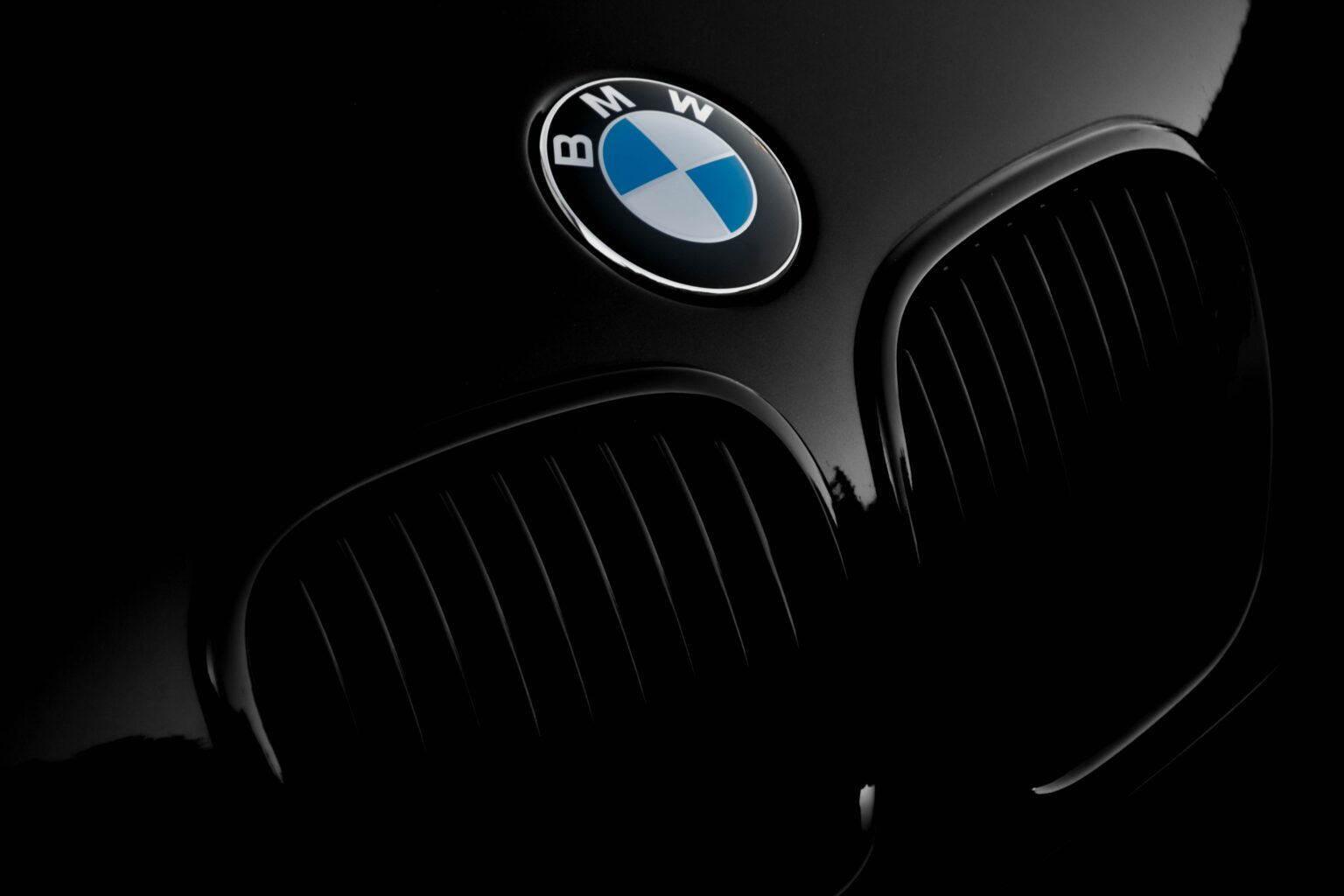BMW recently disclosed its decision to discontinue the development of hot hydrogen technology for passenger vehicles, citing inefficiencies and limited range as primary reasons.
This announcement comes as the automotive industry explores various hydrogen-based solutions, highlighting the importance of context and application-specific considerations.
BMW’s journey with hydrogen technology began nearly two decades ago with the Hydrogen 7 project, which aimed to utilize hydrogen fuel in internal combustion engines (H2-ICE). However, BMW ultimately abandoned this approach due to efficiency concerns. According to Dr. Juergen Guldner, BMW Group’s general project manager of hydrogen technology, the company’s latest hydrogen fuel cell electric vehicle (FCEV), the iX5 Hydrogen, offers a range of approximately 500 kilometers per fill. In contrast, a hydrogen combustion engine in the same vehicle would achieve less than 300 kilometers.
The efficiency and range of hydrogen-powered vehicles are critical metrics for their commercial viability. Toyota’s recent prototype, the hydrogen-powered HiAce Commuter, exemplifies the limitations of H2-ICE technology. This vehicle, equipped with a twin-turbocharged 3.5-liter V6 combustion engine, delivers 120 kW and 354 Nm, significantly less than its petrol counterpart. Moreover, its range of around 200 kilometers falls short compared to the petrol-powered version’s 600 kilometers.
These disparities underscore the challenges of using hydrogen combustion engines in passenger vehicles, where efficiency and range are paramount for consumer acceptance. BMW’s focus on hydrogen fuel cells, which provide better efficiency and longer range, aligns with industry trends favoring FCEVs for passenger applications.
Despite its limitations in passenger vehicles, H2-ICE technology holds potential in other areas. Dr. Guldner highlights the suitability of hydrogen combustion engines for trucks and racing applications. Trucks, which often operate at constant speeds, can benefit from the more consistent power delivery of combustion engines. In contrast, the dynamic driving patterns of passenger cars exacerbate the efficiency gap between combustion engines and fuel cells.
Toyota’s foray into hydrogen combustion for racing also illustrates a niche where the technology can thrive. The ability to deliver high and constant power makes H2-ICE a viable option for motorsport, where performance and endurance are crucial.
The evolving landscape of transportation suggests a diversified approach to energy sources. Smaller commuter cars are increasingly expected to adopt battery electric power due to advancements in battery technology and charging infrastructure. Larger passenger vehicles may lean towards hydrogen fuel cells, offering the benefits of longer range and quick refueling times.
For commercial vehicles, a combination of hydrogen combustion engines and fuel cells could provide a balanced solution. The operational patterns of trucks, with their emphasis on consistent speeds and long-haul capabilities, align well with the strengths of hydrogen combustion engines.
